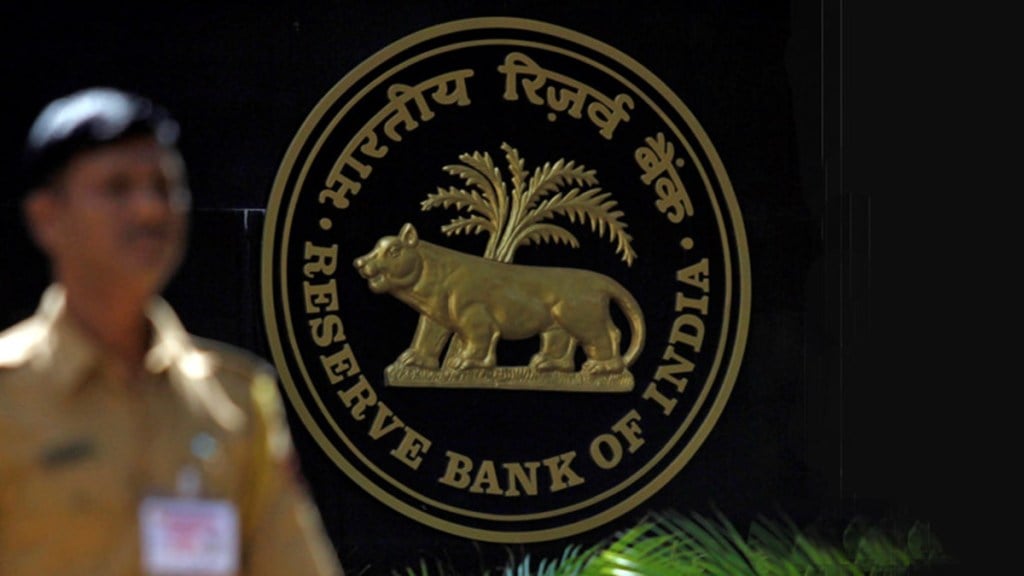With the liquidity deficit in the banking system hitting multi-year highs last week, the Reserve Bank of India (RBI) announced a slew on measures on Monday to ease the situation. The central bank will hold open market operations (OMOs) of Rs 60,000 crore in three tranches of Rs 20,000 crore on January 30, February 13 and February 20.
While a 56-day variable rate repo auction of Rs 50,000 crore will be held on February 7, a dollar-rupee buy/sell swap auction of $5 billion for a tenor of six months will be undertaken on January 31. “Detailed instructions for each operation shall be issued separately. The central bank will continue to monitor evolving liquidity and market conditions, and take steps as appropriate to ensure orderly liquidity conditions,” it said.
The liquidity deficit in the banking system widened to a one-year peak in the previous fortnight. The daily average jumped to Rs 2.39 lakh crore in the fortnight ended January 24. It hit Rs 3 lakh crore on Thursday — the highest since April 2010.
“The easing measures were on expected lines. However, more easing will be needed, given the continued pressure over the next few months. The latest measures also increase the probability of repo rate cut in the February policy.” Upasna Bhardwaj, chief economist, Kotak Mahindra Bank, said.
In a separate release, the RBI announced the OMO purchase of 7.59% 2029, 7.18% 2033, 7.10% 2034, 6.79% 2034 and 7.18% 2037 bonds for an aggregate amount of Rs 20,000 crore. The auction will be conducted via a multiple price method.
“The only rational I can see behind choosing 10 years was that it does not want that OMO gets the same response as they get in buybacks where people don’t tender to their stock. Because if that happens it will fail the motive of the regulator to remedy the liquidity situation,” said a G-sec trader with a private bank.
Eligible participants should submit their bids in electronic format on the RBI Core Banking Solution (E-Kuber) system between 10:30 am and 11:30 am on January 30. The regulator reserves the right to decide on quantum of purchase, to reject or accept any bid, and purchase marginally higher or lower than the aggregate amount.
Previously, the RBI had decided to conduct daily VRRs to soften liquidity tightness. Apart from daily VRRs, it has been conducting VRRs for various tenures as well.
In December monetary policy meeting, anticipating a liquidity stress in the banking system, the RBI decided to reduce the cash reserve ratio (CRR) to 4% of net deposits in two equal tranches of 25 bps each with effect from the fortnight beginning December 14, 2024, and December 28, 2024. This released primary liquidity of about Rs 1.16 lakh crore into the banking system.

